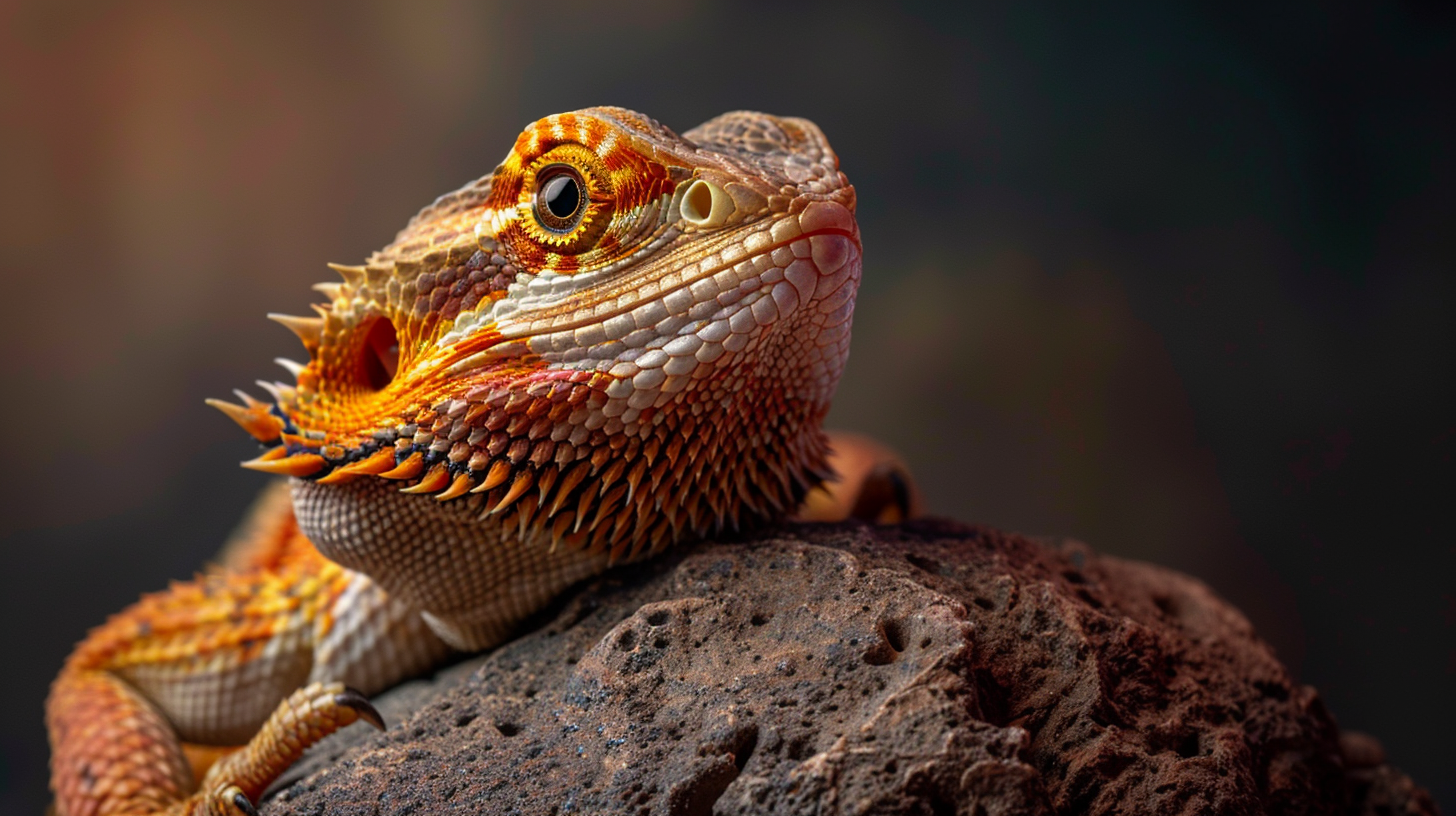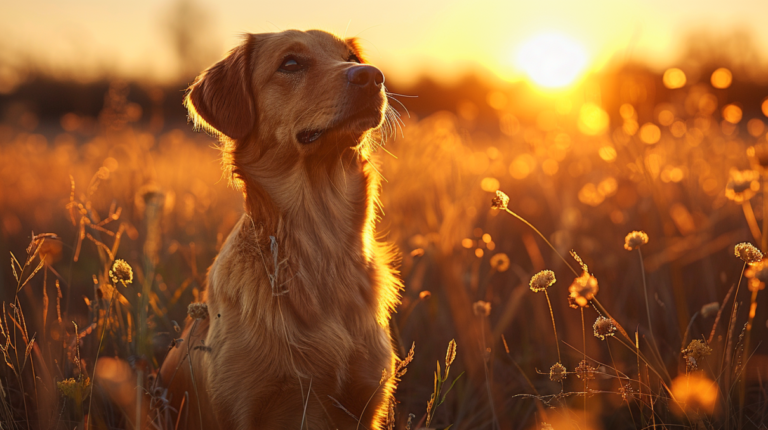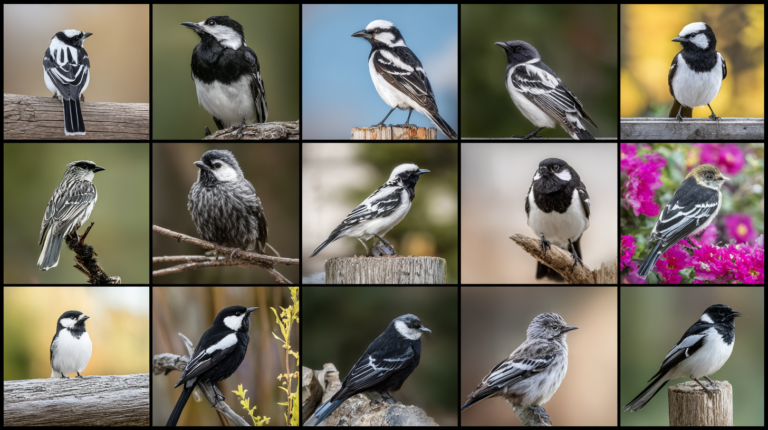Discover 6 good reptile pets perfect for beginners and families – from friendly bearded dragons to low-maintenance leopard geckos. Complete care guide with expert tips.
Table of Contents
Reptiles have surged in popularity as household pets in recent years, with approximately 4.5 million U.S. households owning at least one reptile, according to the American Pet Products Association. These fascinating creatures offer unique benefits as pets – they’re generally quiet, don’t require daily walks, and many species can thrive with relatively minimal care compared to traditional pets. For families looking to introduce children to pet ownership or adults with busy lifestyles seeking companionship, good reptile pets can be an excellent choice.
Reptiles provide a different kind of pet experience, explains Dr. Susan Donoghue, a veterinarian specializing in exotic animal medicine. They offer opportunities to learn about unique species while still developing that special human-animal bond, just in a different way than with mammals.
This comprehensive guide explores six of the best reptile pets for both children and adults, focusing on species that are relatively easy to care for, safe to handle, and make wonderful companions. Whether you’re a first-time reptile owner or looking to expand your scaly family, these good reptile pets offer a fascinating glimpse into the reptile world while fitting well into modern lifestyles.
What Makes a Good Reptile Pet?
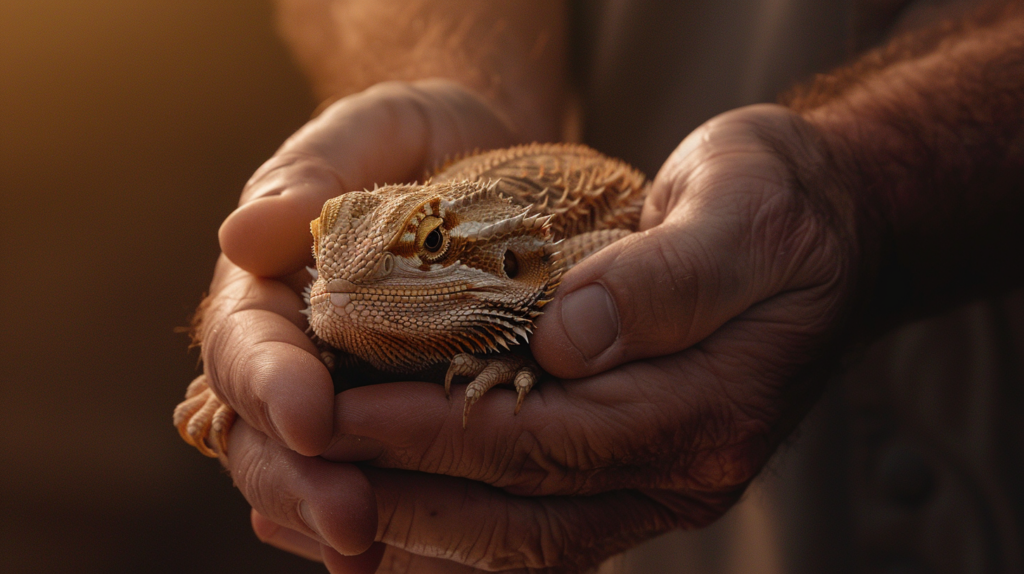
Before diving into specific species, it’s important to understand what qualities make certain reptiles better pets than others, especially for beginners or families with children.
Temperament and Handleability
The ideal good reptile pet should have:
- A docile nature that tolerates regular handling
- Low stress responses to human interaction
- Predictable behavior patterns
- Minimal defensive mechanisms (like biting or tail whipping)
Care Requirements
Look for species with:
- Straightforward habitat setups
- Reasonable space requirements
- Manageable feeding schedules
- Moderate temperature and humidity needs
Longevity and Commitment
Consider:
- Lifespan appropriate for your long-term plans
- Growth potential (some small reptiles become quite large)
- Veterinary care availability in your area
- Initial and ongoing care costs
Health Considerations
Be aware of:
- Zoonotic disease risk (like Salmonella)
- Special lighting requirements
- Dietary complexity
- Seasonal behavior changes
According to a 2023 survey by the Association of Reptile and Amphibian Veterinarians, the most successful reptile owners research their chosen species thoroughly before bringing them home and commit to providing appropriate care throughout the animal’s life.
1. Bearded Dragons: The Friendly Reptiles
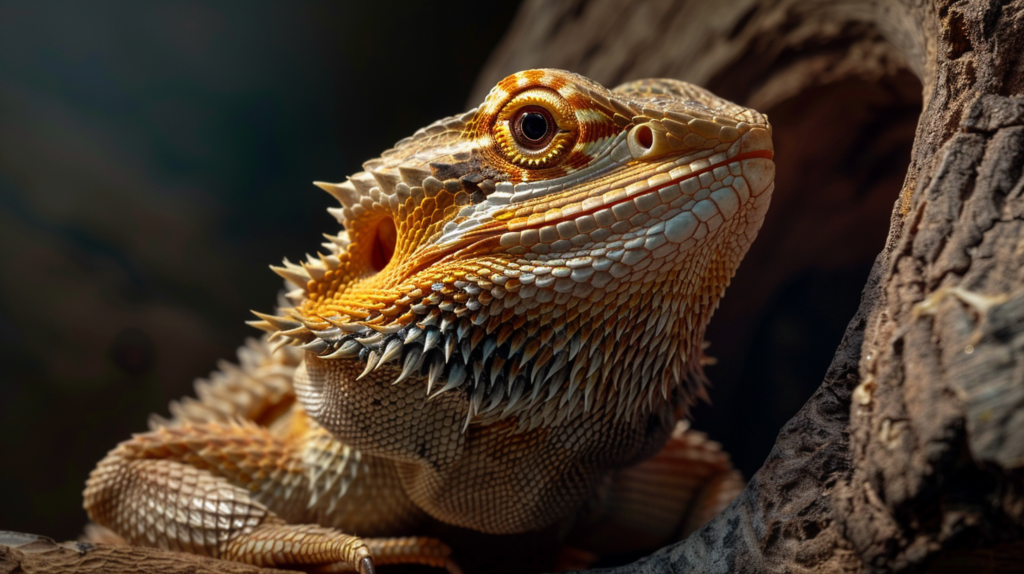
Bearded dragons (Pogona vitticeps) consistently rank among the most popular good reptile pets, and for excellent reasons. These Australian natives combine an engaging personality with manageable care requirements.
Why Bearded Dragons Make Excellent Pets
Bearded dragons have earned their reputation as one of the best good reptile pets through their:
- Friendly Disposition: Many owners describe their “beardies” as having dog-like personalities. They often recognize their owners, enjoy gentle handling, and even show affection in their own reptilian way.
- Expressive Behavior: From arm waving to beard puffing (which gives them their name), bearded dragons communicate through various behaviors that owners can learn to interpret.
- Diurnal Nature: Unlike many reptiles, bearded dragons are active during daylight hours, making them more interactive when humans are awake.
- Manageable Size: Adults typically reach 18-24 inches in length, making them substantial enough to handle safely but not overwhelming in size.
Care Requirements
| Aspect | Requirement |
| Enclosure Size | 40-gallon breeder tank minimum for adults |
| Temperature | Basking spot: 95-105°F, Cool side: 75-85°F |
| UVB Lighting | Essential – requires 10-12% UVB bulb |
| Diet | Omnivorous: insects, leafy greens, vegetables |
| Lifespan | 8-12 years with proper care |
| Handling | Can be handled 15-20 minutes daily |
Bearded dragons are one of the few reptiles I recommend for families with children,” notes Dr. Jennifer Doll, exotic pet veterinarian at Pacific Northwest Exotic Animal Hospital. “Their calm demeanor and tolerance for gentle handling make them ideal for teaching kids about responsible pet ownership.”
Special Considerations
While bearded dragons make wonderful pets, prospective owners should be aware that:
- They require regular UVB bulb replacements (every 6-12 months)
- Feeding live insects is necessary for proper nutrition
- Annual veterinary check-ups are recommended
- Males can display territorial behavior during breeding season
2. Leopard Geckos: The Low-Maintenance Nighttime Companions

Leopard geckos (Eublepharis macularius) have become staples in the reptile pet trade thanks to their manageable size, minimal habitat requirements, and charming personalities.
Why Leopard Geckos Make Excellent Pets
- Handleable Size: At just 8-10 inches long, leopard geckos are perfect for children and adults who might be intimidated by larger reptiles.
- No Special Lighting Needs: Unlike many reptiles, leopard geckos don’t require UVB lighting, simplifying their care.
- Long Lifespan: With proper care, these geckos can live 15-20 years, making them long-term companions.
- Low Humidity Requirements: Native to arid regions, leopard geckos thrive in dry environments that are easy to maintain.
- Fascinating Adaptations: From their ability to detach their tails when threatened to their moveable eyelids (unusual among geckos), these reptiles offer plenty of educational opportunities.
Care Requirements
| Aspect | Requirement |
| Enclosure Size | 20-gallon long tank for adults |
| Temperature | Warm side: 88-92°F, Cool side: 75-80°F |
| UVB Lighting | Not required (though some experts now recommend it) |
| Diet | Insectivorous: crickets, mealworms, dubia roaches |
| Lifespan | 15-20 years with proper care |
| Handling | 5-10 minutes several times weekly |
According to a 2022 survey by Reptiles Magazine, leopard geckos rank as the second most commonly kept reptile pet in the United States, with owners reporting high satisfaction rates due to their manageable care requirements.
Special Considerations
- They are nocturnal, so most active during evening hours
- Require calcium and vitamin D3 supplements
- Females housed together may establish dominance hierarchies
- Males should never be housed together as they will fight
3. Corn Snakes: The Perfect Beginner Snake
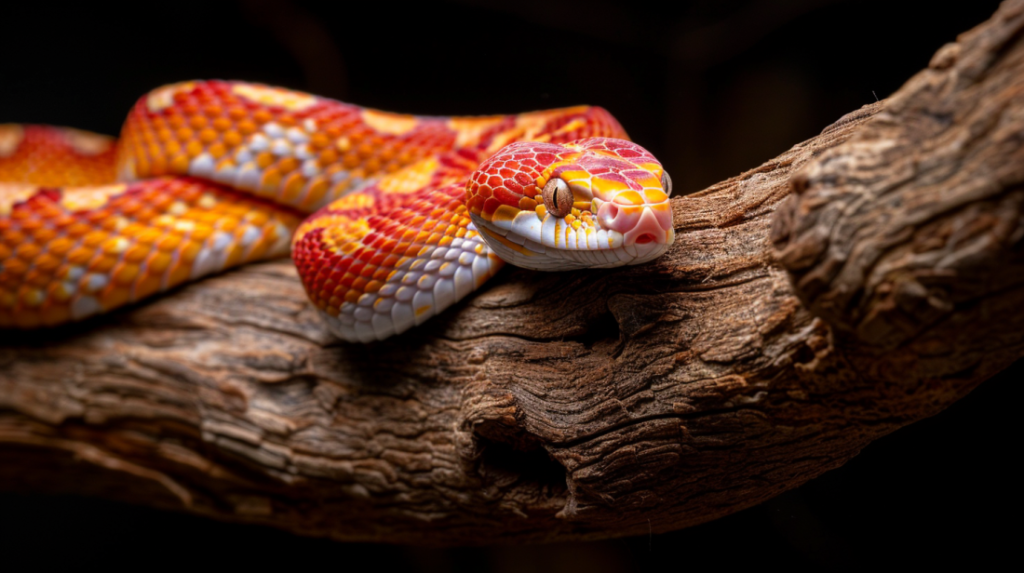
For those interested in snake ownership, corn snakes (Pantherophis guttatus) represent one of the best entry points into the world of serpents. These North American natives combine stunning colors with a remarkably docile temperament.
Why Corn Snakes Make Excellent Pets
- Gentle Disposition: Corn snakes rarely bite and become accustomed to handling quickly, making them ideal for first-time snake owners.
- Manageable Size: Adults typically reach 3-5 feet in length – substantial enough to handle safely but not intimidatingly large.
- Beautiful Morphs: Selective breeding has produced dozens of color variations (called “morphs”), from classic orange and red to lavender, caramel, and albino.
- Simple Feeding: They readily accept frozen/thawed mice, eliminating the need for live feeding.
- Long Lifespan: With proper care, corn snakes can live 15-20 years.
Care Requirements
| Aspect | Requirement |
| Enclosure Size | 20-gallon for juveniles, 40-gallon for adults |
| Temperature | Warm side: 85°F, Cool side: 75°F |
| UVB Lighting | Not essential but beneficial |
| Diet | Rodents sized appropriately for the snake |
| Lifespan | 15-20+ years with proper care |
| Handling | Can be handled 2-3 times weekly for short periods |
Corn snakes are often the species I recommend for anyone interested in keeping a snake,” says James Harper, herpetologist and author of “Beginning Snake Keeping.” “Their care is straightforward, they’re remarkably docile, and they come in such a variety of colors that there’s something to appeal to everyone.”
Special Considerations
- Secure enclosures are essential as they’re skilled escape artists
- They require hiding spots at both warm and cool ends of their habitat
- Feeding occurs approximately every 7-10 days
- May be skittish as hatchlings but typically calm with regular handling
4. Blue-Tongued Skinks: The Personable Lizards
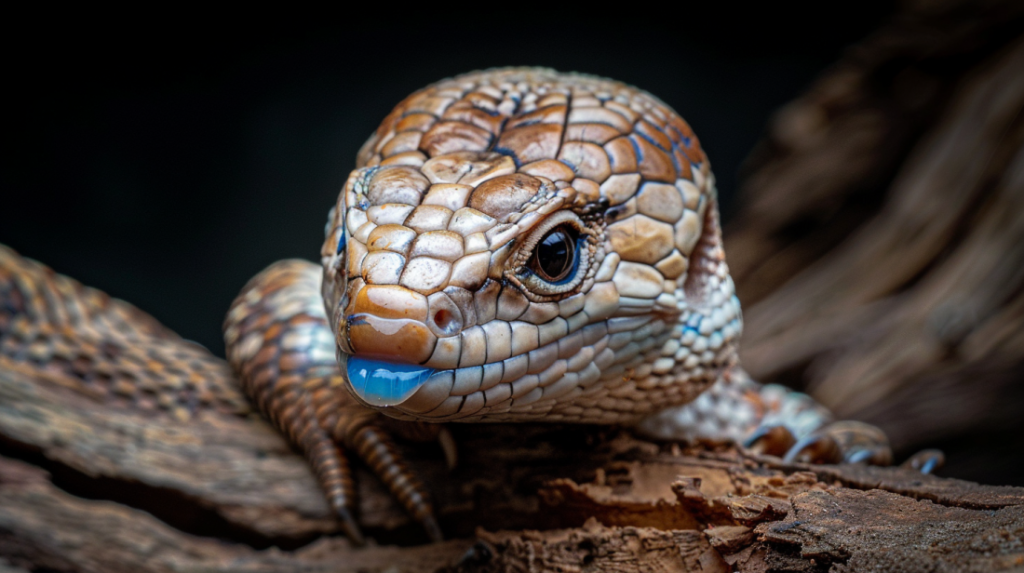
Blue-tongued skinks (Tiliqua spp.) have gained popularity as good reptile pets thanks to their distinctive appearance, omnivorous diet, and interactive personalities.
Why Blue-Tongued Skinks Make Excellent Pets
- Docile Nature: These skinks are known for their calm temperament and rarely bite, making them suitable for careful handling.
- Entertaining Personalities: Many owners report their skinks showing recognition and even seeking interaction.
- Omnivorous Diet: Their varied diet includes vegetables, fruits, and protein sources, making feeding diverse and interesting.
- Robust Build: Their stocky bodies are less fragile than many other lizards, reducing the risk of injury during handling.
- Distinctive Appearance: Their vibrant blue tongue, which they display when threatened, makes them visually fascinating.
Care Requirements
| Aspect | Requirement |
| Enclosure Size | 40-gallon breeder minimum for adults |
| Temperature | Basking spot: 95-100°F, Cool side: 75-80°F |
| UVB Lighting | Required for proper calcium metabolism |
| Diet | Omnivorous: dog/cat food, vegetables, fruits, insects |
| Lifespan | 15-20 years in captivity |
| Handling | Can be handled regularly once acclimated |
A study published in the Journal of Veterinary Behavior found that blue-tongued skinks demonstrate problem-solving abilities and can recognize their caretakers, suggesting a higher level of cognition than many other reptiles.
Special Considerations
- Several species exist with slightly different care requirements
- Northern blue-tongued skinks tend to be the most docile
- They require regular substrate changes to maintain hygiene
- Can be more expensive than some other beginner reptiles
5. Russian Tortoises: The Long-Term Companions
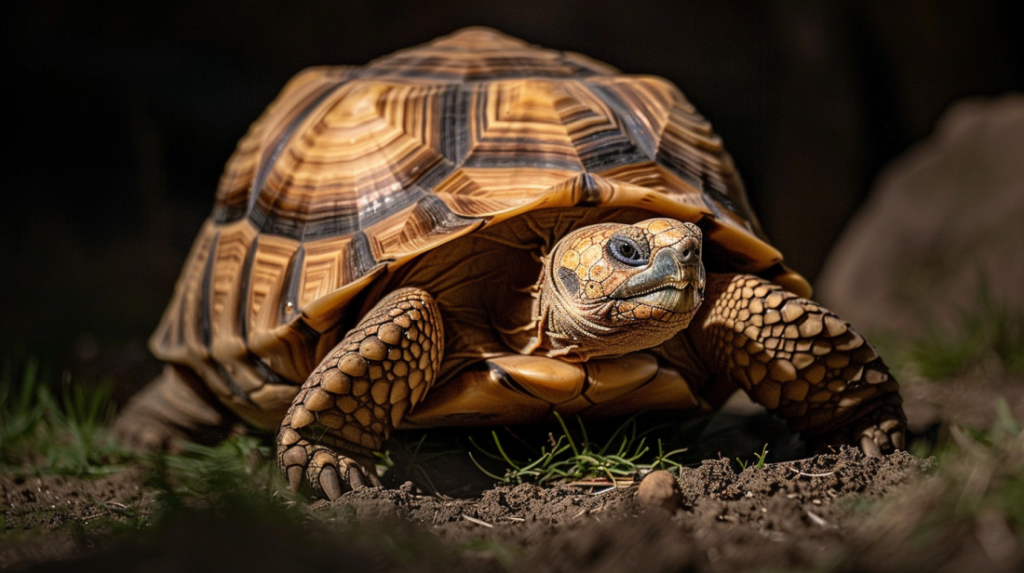
Russian tortoises (Testudo horsfieldii) represent an excellent choice for those seeking a long-lived, personable good reptile pet with moderate care requirements.
Why Russian Tortoises Make Excellent Pets
- Manageable Size: Adults typically reach only 8-10 inches in shell length, making them one of the smaller tortoise species.
- Outdoor Opportunities: In appropriate climates, they can enjoy supervised outdoor time, adding enrichment to their lives.
- Interactive Behavior: Many owners report their tortoises recognizing them and approaching for food or attention.
- Herbivorous Diet: Their plant-based diet is straightforward to provide.
- Impressive Lifespan: With proper care, Russian tortoises can live 40+ years, though this requires long-term commitment.
Care Requirements
| Aspect | Requirement |
| Enclosure Size | 40-gallon breeder tank minimum, larger preferred |
| Temperature | Basking spot: 95-100°F, Ambient: 70-80°F |
| UVB Lighting | Essential for shell and bone health |
| Diet | Herbivorous: dark leafy greens, grasses, hay |
| Lifespan | 40+ years with proper care |
| Handling | Minimal handling recommended |
Russian tortoises are among the hardiest tortoise species for beginners,” explains Dr. Margaret Collins, exotic animal veterinarian. “However, potential owners should understand that adopting a tortoise is often a lifelong commitment and may require provisions in your estate planning.”
Special Considerations
- May hibernate in winter months if temperature conditions trigger it
- Need access to calcium sources like cuttlebone
- Can be destructive diggers if housed outdoors
- Require regular soaking to maintain hydration
6. Crested Geckos: The Arboreal Fruit Lovers
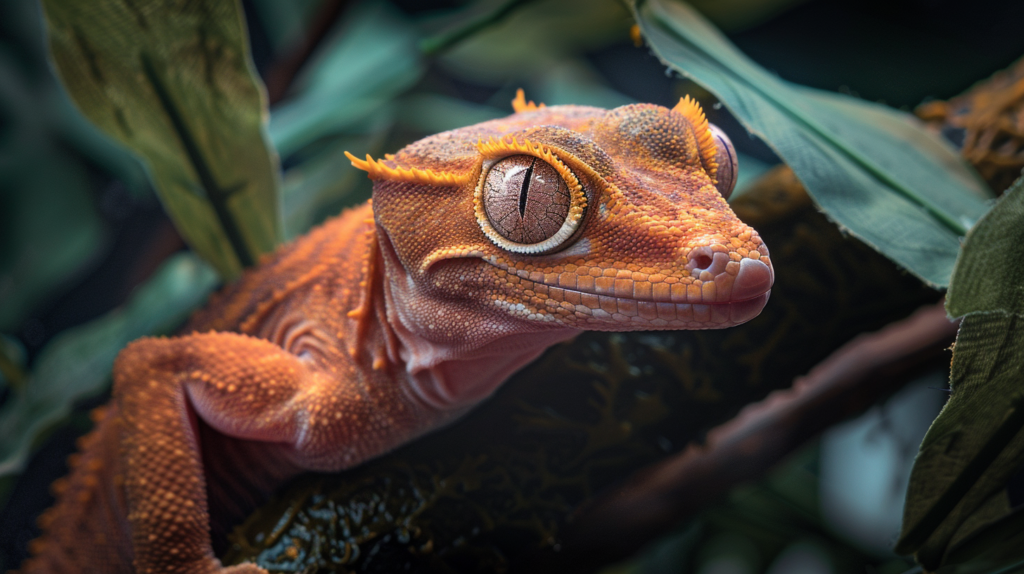
Crested geckos (Correlophus ciliatus) have skyrocketed in popularity since their rediscovery in 1994, becoming one of the most sought-after good reptile pets for beginners and experienced keepers alike.
Why Crested Geckos Make Excellent Pets
- No Special Lighting Requirements: Unlike many reptiles, crested geckos don’t require UVB lighting, although they benefit from a day/night cycle.
- Room Temperature Friendly: They thrive at room temperature (72-78°F), often eliminating the need for special heating equipment.
- Vertical Habitat: Their arboreal nature means they utilize vertical space rather than floor space, making them suitable for smaller living situations.
- Fruit-Based Diet: Commercial powdered diets supplemented with insects simplify feeding.
- Fascinating Appearance: Their distinctive crests and ability to change colors slightly make them visually appealing.
Care Requirements
| Aspect | Requirement |
| Enclosure Size | 18″x18″x24″ tall terrarium for adults |
| Temperature | 72-78°F, avoid temperatures above 82°F |
| UVB Lighting | Not required but beneficial |
| Diet | Commercial crested gecko diet plus occasional insects |
| Lifespan | 15-20 years in captivity |
| Handling | Gentle, limited handling as they can drop their tails |
According to data from the International Reptile Conservation Foundation, crested geckos have become the third most commonly kept gecko species in the United States, with their popularity continuing to rise due to their relatively simple care requirements.
Special Considerations
- Unlike leopard geckos, crested geckos cannot regrow their tails if dropped
- Require regular misting to maintain humidity (60-80%)
- Are primarily nocturnal but may be active during dawn and dusk
- Can make small vocalizations, especially males during breeding season
The Responsible Approach to Reptile Ownership
Regardless of which species you choose, certain principles apply to all good reptile pets:
Proper Research Before Purchase
- Read multiple care guides specific to your chosen species
- Join online forums or social media groups dedicated to that reptile
- Speak with experienced keepers or attend reptile expos
- Find a veterinarian who treats reptiles before acquiring your pet
Responsible Sourcing
- Purchase from reputable breeders rather than wild-caught specimens
- Consider adoption from reptile rescues
- Look for animals that appear alert, have clear eyes, and show no signs of illness
- Avoid impulse purchases at pet stores without proper research
Long-Term Commitment
- Many reptiles live 15+ years, with some tortoises living 50+ years
- Budget for enclosure upgrades as your pet grows
- Plan for veterinary care throughout the animal’s life
- Consider who might care for your reptile if you’re unable to
Children and Reptiles
- Always supervise interactions between children and reptiles
- Teach proper handwashing after handling any reptile
- Ensure children understand appropriate handling techniques
- Consider the child’s maturity level when selecting a species
According to the Centers for Disease Control and Prevention, reptiles can carry Salmonella bacteria, making hygiene practices especially important. Always wash hands thoroughly after handling reptiles or their habitat items.
Tips for Creating the Perfect Reptile Habitat
Creating an appropriate environment is critical for the health and wellbeing of good reptile pets. Here are some essential considerations:
Understanding Natural Habitat
- Research your reptile’s native environment
- Recreate key elements of that environment in captivity
- Consider whether your pet is:
- Terrestrial (ground-dwelling)
- Arboreal (tree-dwelling)
- Fossorial (burrowing)
Essential Habitat Components
- Proper Enclosure Size: Always provide the minimum recommended size with room for exercise and exploration.
- Temperature Gradient: Create a range of temperatures allowing the reptile to thermoregulate by moving between warmer and cooler areas.
- Appropriate Substrate: Select bedding material suitable for your specific species, considering:
- Burrowing needs
- Humidity requirements
- Digestive safety (some substrates can cause impaction if accidentally ingested)
- Hiding Spots: Multiple secure hiding places reduce stress and provide security.
- Enrichment Opportunities: Branches, rocks, plants, and other items create a stimulating environment.
“The psychological well-being of reptiles is often overlooked,” notes Dr. Robert Mendez, exotic animal behaviorist. “Environmental enrichment isn’t just for mammals – reptiles also benefit from stimulating habitats that allow them to express natural behaviors.”
Monitoring Equipment
- Thermometers at both warm and cool ends
- Hygrometer to measure humidity
- Timers for lighting schedules
- Thermostats for heat sources
Veterinary Care for Reptiles
Even the hardiest good reptile pets require veterinary attention periodically:
Finding a Reptile Veterinarian
- Search for “exotic animal veterinarian” in your area
- Consult the Association of Reptilian and Amphibian Veterinarians directory
- Ask local reptile clubs or societies for recommendations
Common Health Issues to Watch For
- Metabolic bone disease (from improper UVB exposure or calcium)
- Respiratory infections (often from incorrect temperature/humidity)
- Parasites (both internal and external)
- Impaction (from inappropriate substrate or oversized food items)
- Dysecdysis (shedding problems)
Preventative Care
- Annual veterinary check-ups
- Regular fecal exams for parasites
- Proper nutrition and supplements
- Maintaining optimal environmental conditions
A 2023 study in the Journal of Exotic Pet Medicine found that reptiles receiving annual veterinary examinations had significantly lower rates of advanced disease than those brought to veterinarians only when symptomatic.
For more expert pet care tips and product recommendations, visit BlithePet.com — your trusted source for pet wellness.
Frequently Asked Questions About Reptile Pets
What is the easiest reptile to take care of for beginners?
Leopard geckos are widely considered the easiest reptiles for beginners due to their simple housing requirements, manageable size, and docile temperament. They don’t require UVB lighting, can thrive at room temperature with a heat mat, and have straightforward dietary needs consisting primarily of insects. Their nocturnal nature also means they’re most active during evening hours when many people are home from work or school.
Are reptiles good pets for children?
Certain reptiles can make good pets for children, but parental supervision and involvement are essential. Bearded dragons and leopard geckos are often recommended for families with children due to their docile nature and tolerance for gentle handling. Children should be taught proper handwashing after handling any reptile due to the risk of Salmonella, and parents should be prepared to take primary responsibility for the animal’s care regardless of initial promises from children.
How much does it typically cost to set up a habitat for a reptile pet?
Initial setup costs for reptile habitats typically range from $200-500 depending on the species. This includes the enclosure ($50-200), heating elements ($30-75), lighting ($30-100), substrate ($10-30), habitat decorations ($20-50), and basic care supplies ($30-50). Additionally, the cost of the animal itself ranges from $30-300+ depending on species and morph. Ongoing costs include electricity for heating/lighting, food, supplements, and veterinary care.
Can reptiles recognize their owners?
Many reptile species do appear to recognize their regular caretakers. Bearded dragons, tegus, and some larger lizards have demonstrated the ability to distinguish between familiar and unfamiliar humans. While their form of recognition differs from mammals like dogs or cats, studies suggest they can develop positive associations with people who regularly handle and feed them. This recognition is typically based on visual cues, scent, and association with food rather than emotional bonding as understood in mammals.
What reptiles stay small their whole lives?
Several reptile species remain small throughout their lives, making them suitable for keepers with space limitations. These include leopard geckos (8-10 inches), crested geckos (5-8 inches), kenyan sand boas (18-24 inches), western hognose snakes (14-24 inches), and house geckos (3-5 inches). When selecting a “small” reptile, it’s important to research adult sizes and not just purchase based on the juvenile specimens typically seen in pet stores.
How long do reptiles typically live as pets?
Reptile lifespans vary significantly by species. Smaller lizards like leopard and crested geckos typically live 15-20 years with proper care. Bearded dragons generally live 8-12 years. Corn snakes and ball pythons often live 20-30 years. Tortoises can live exceptionally long lives, with some species reaching 50-100+ years in captivity. Potential reptile owners should carefully consider these lifespans and be prepared for long-term commitment before purchasing.
Conclusion
Reptiles can make fascinating, rewarding pets for the right owners who understand their specific needs and are committed to providing appropriate care throughout the animal’s life. The six species highlighted in this guide—bearded dragons, leopard geckos, corn snakes, blue-tongued skinks, Russian tortoises, and crested geckos—represent some of the best good reptile pets for beginners and experienced keepers alike.
When choosing a reptile companion, consider not just the initial appeal of the animal but also its lifespan, adult size, care requirements, and temperament. By selecting a species that matches your lifestyle, living situation, and experience level, you set the foundation for a successful human-reptile relationship.
Remember that responsible reptile ownership extends beyond the basics of food and shelter to include enrichment, preventative healthcare, and a commitment to the animal’s wellbeing throughout its life. With proper research, preparation, and care, these fascinating creatures can bring years of enjoyment and learning opportunities.
Have a similar experience with your reptile pet? Share it in the comments below!

